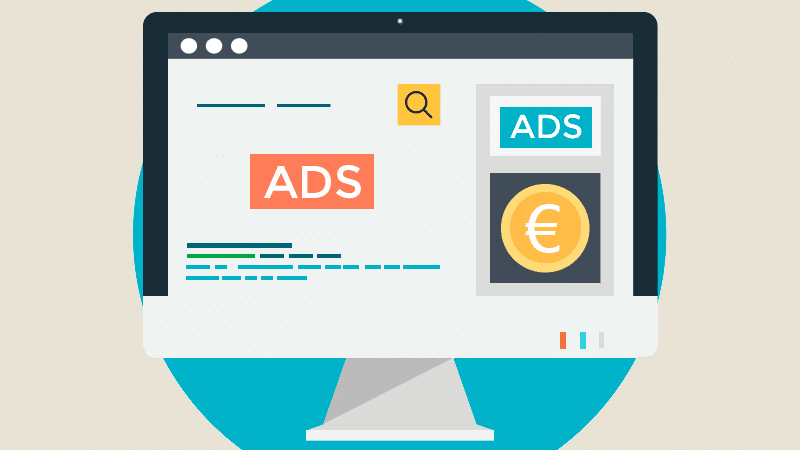How to Design an Effective Business Website

Introduction
Creating a business website is no longer a luxury—it's a necessity. Your website is often the first point of interaction between your brand and potential clients. Whether you're launching a new business or upgrading an existing site, a well-designed website can enhance your credibility, increase customer engagement, and drive sales.
But designing a business website isn’t just about choosing pretty colors or images. It’s about creating an experience that speaks to your target audience, reflects your brand’s personality, and encourages users to take action.
In this article, we'll walk through the essential steps of designing an effective business website, helping you create a site that not only looks great but also drives results.
Understand Your Target Audience
Before you dive into designing your website, it’s crucial to understand who you’re designing for. Your target audience will determine everything from the tone of your content to the visuals you use.
To start, consider the following:
- Who are your customers? Think about their age, gender, interests, and behaviors.
- What do they need? Identify their problems and how your business can solve them.
- What are their expectations? What features or design elements do they expect from a business in your industry?
By understanding your audience, you can create a business website that speaks directly to their needs and guides them through the buyer's journey.
Choose the Right Platform
The platform you choose to build your website will influence its functionality, appearance, and long-term success. Whether you decide to build your website from scratch or use a website builder, it’s essential to pick a platform that aligns with your business goals.
Here are a few popular platforms to consider:
- WordPress: Ideal for businesses that want full control over their website’s design and functionality.
- Wix: Perfect for those looking for an easy-to-use, drag-and-drop interface.
- Shopify: Best for businesses focusing on e-commerce.
- Squarespace: A great choice for small businesses that need an elegant and professional-looking website.
Choosing the right platform depends on your business needs and technical expertise. If you're not sure where to start, you can consult a web designer or developer to help guide your decision.
Focus on User Experience (UX)
When it comes to business website design, user experience (UX) is crucial. The goal is to create a website that’s easy to navigate, fast-loading, and intuitive. If visitors find your website confusing or difficult to use, they’ll likely leave without taking any action.
Here are some key UX elements to focus on:
- Navigation: Keep the menu structure simple and easy to understand.
- Speed: Ensure that your website loads quickly by optimizing images and reducing unnecessary elements.
- Mobile Optimization: Make sure your site is responsive and looks great on any device.
- Call-to-Actions (CTAs): Place clear CTAs throughout the website to encourage visitors to take action, such as signing up for a newsletter or making a purchase.
Good UX design can turn casual visitors into loyal customers by making their experience on your website smooth and enjoyable.
Brand Consistency
Your website should serve as a reflection of your brand. Consistent branding helps create a strong connection with your audience and builds trust.
Consider the following when it comes to branding on your business website:
- Logo: Your logo should be prominently displayed on the website, ideally in the top left corner of every page.
- Color Scheme: Stick to a consistent color palette that aligns with your brand’s identity.
- Typography: Use two to three fonts consistently throughout the website for readability and brand cohesion.
Your website’s design should visually represent the message and values of your business.
Keep Content Clear and Concise
Content is the backbone of your business website. Visitors should be able to understand what your business offers and why it’s valuable within seconds of landing on the site.
To ensure your content is clear and concise:
- Headlines and Subheadings: Use compelling headlines to grab visitors' attention and break up text with subheadings for easy scanning.
- Short Paragraphs: Break up long paragraphs into bite-sized chunks to make your content more digestible.
- Bullet Points: Use bullet points to highlight key information quickly.
- Clear Call-to-Actions (CTAs): Be direct about what you want visitors to do next—whether that’s contacting you, making a purchase, or signing up for a newsletter.
The clearer and more concise your content is, the easier it will be for visitors to understand your offerings and engage with your business.
Add Testimonials and Social Proof
Adding social proof, such as testimonials, case studies, or client logos, can help build credibility and trust with your audience. If potential customers see that others have had positive experiences with your business, they’ll be more likely to trust your brand.
Consider adding:
- Customer Testimonials: Include quotes from happy clients or customers.
- Case Studies: Share success stories that show how your business has solved problems for others.
- Client Logos: Display logos of well-known clients you’ve worked with.
Social proof serves as validation and can be the deciding factor in whether or not someone chooses to do business with you.
Optimize for SEO
Search engine optimization (SEO) is critical for driving traffic to your website. A beautifully designed website is useless if no one can find it. By optimizing your website for search engines, you can increase its visibility and attract organic traffic.
Here are some SEO tips to improve your website's ranking:
- Keyword Research: Use relevant keywords throughout your website content to rank for terms your audience is searching for.
- Meta Tags: Write compelling meta titles and descriptions for each page to improve click-through rates.
- Mobile Optimization: Ensure that your site is mobile-friendly, as search engines prioritize mobile-optimized websites.
- Fast Loading Times: Slow websites are penalized by search engines. Compress images and use caching to speed up your website.
With solid SEO practices, your business website can attract more visitors and convert them into customers.
Conclusion
Designing a business website is about more than just aesthetics—it’s about creating a user-friendly, functional, and engaging experience for your visitors. By understanding your audience, selecting the right platform, focusing on UX, and maintaining brand consistency, you can build a website that effectively represents your business and drives results.
Add testimonials, optimize for SEO, and keep your content clear and concise to ensure your website not only attracts visitors but converts them into loyal customers.




